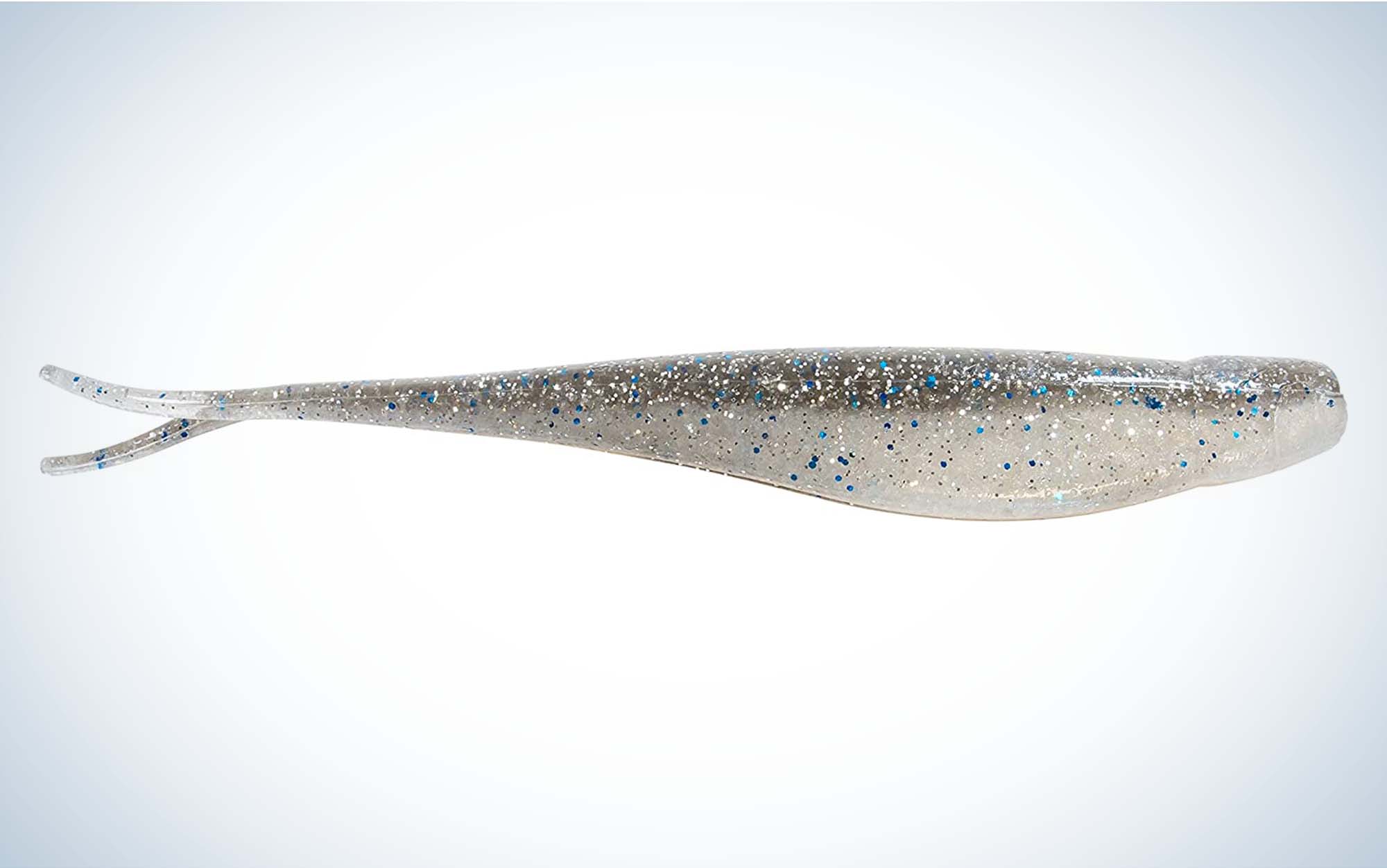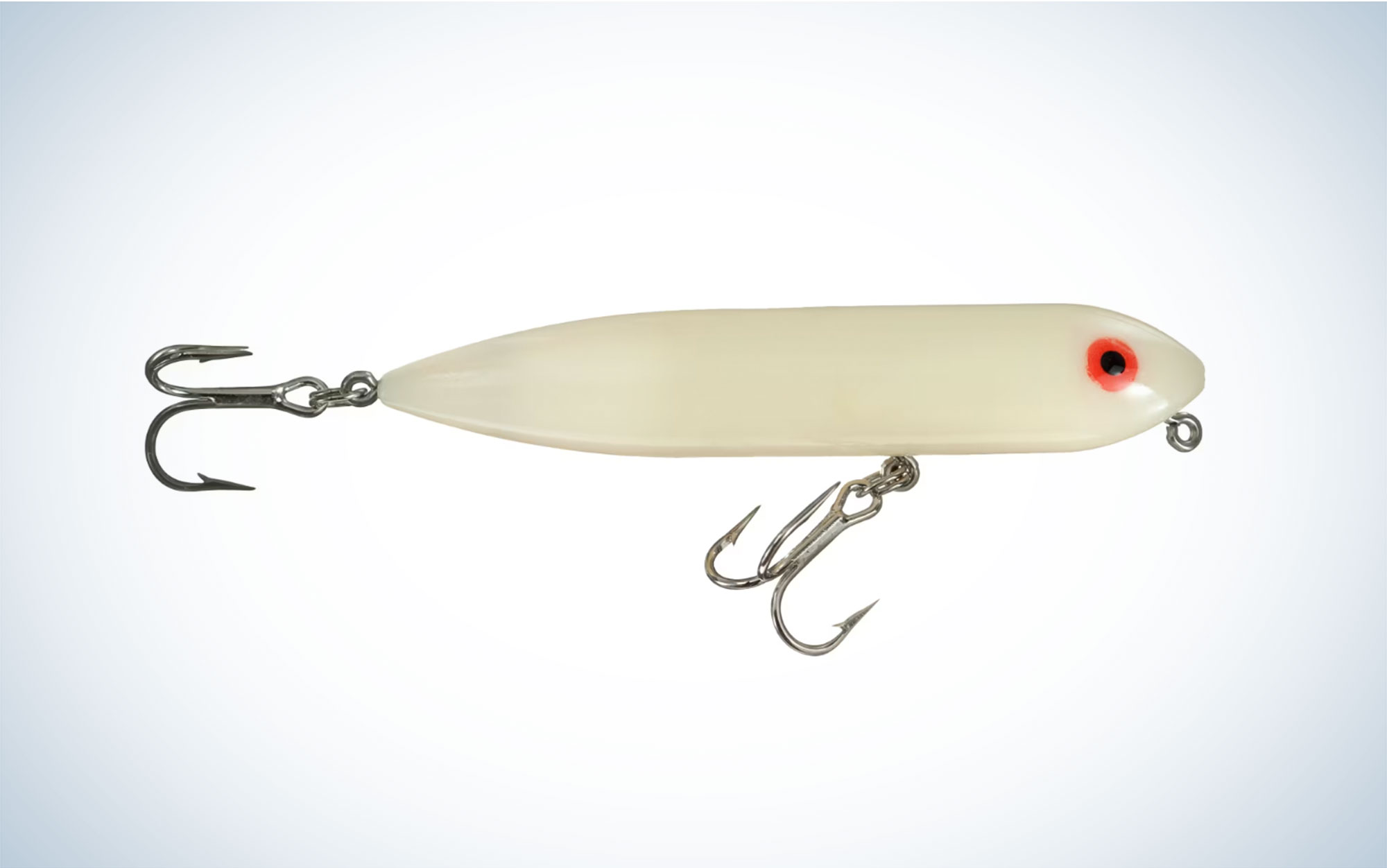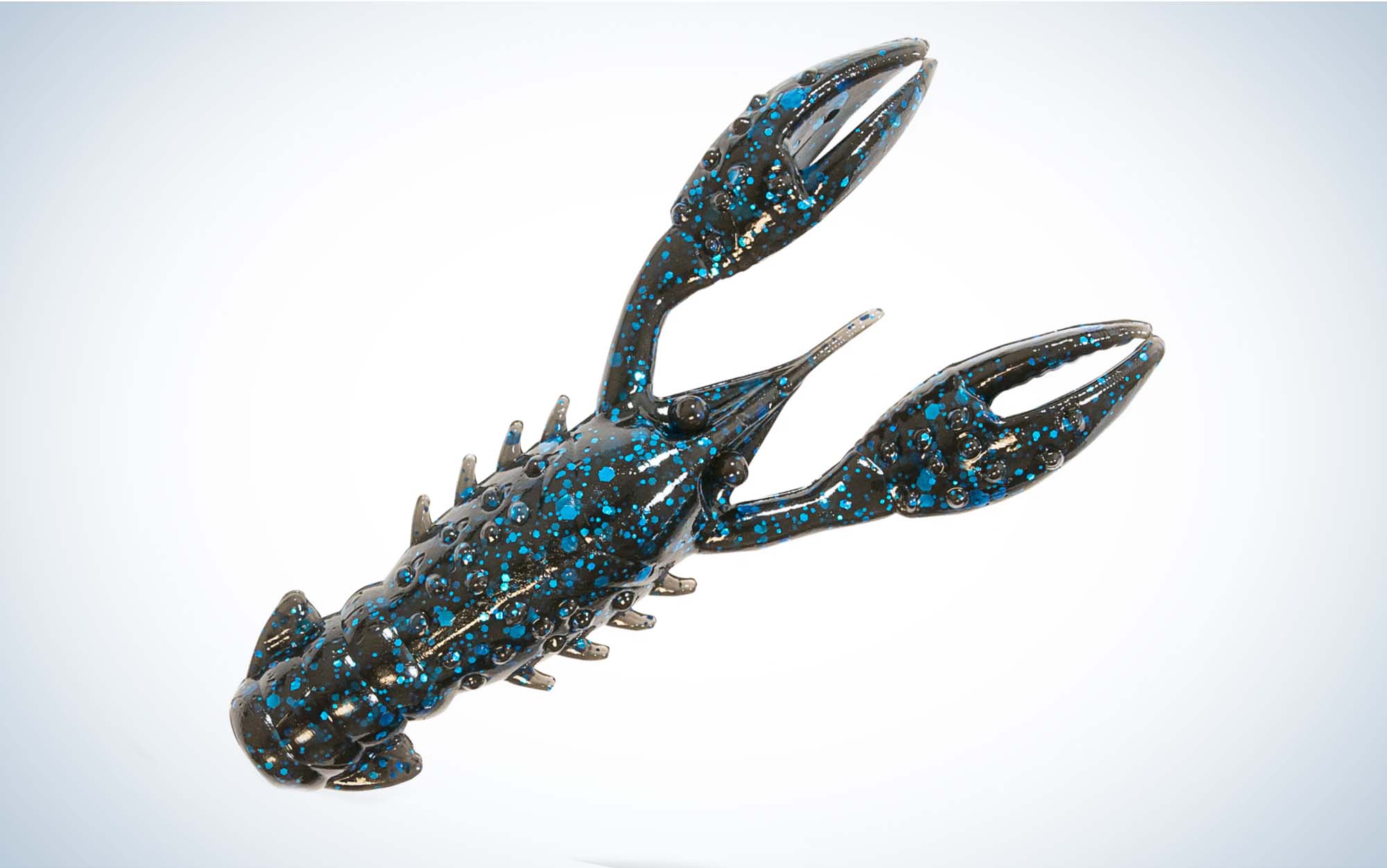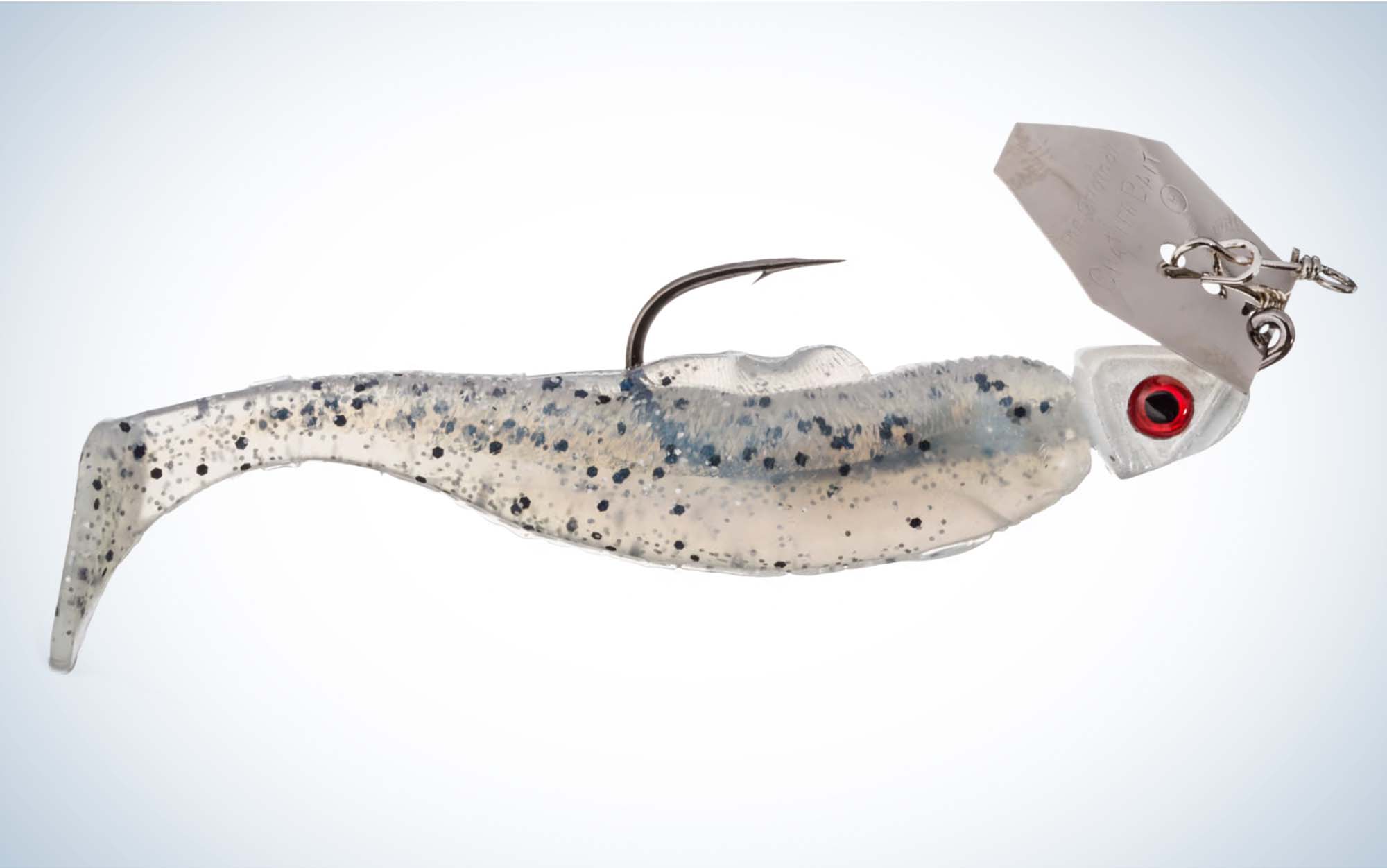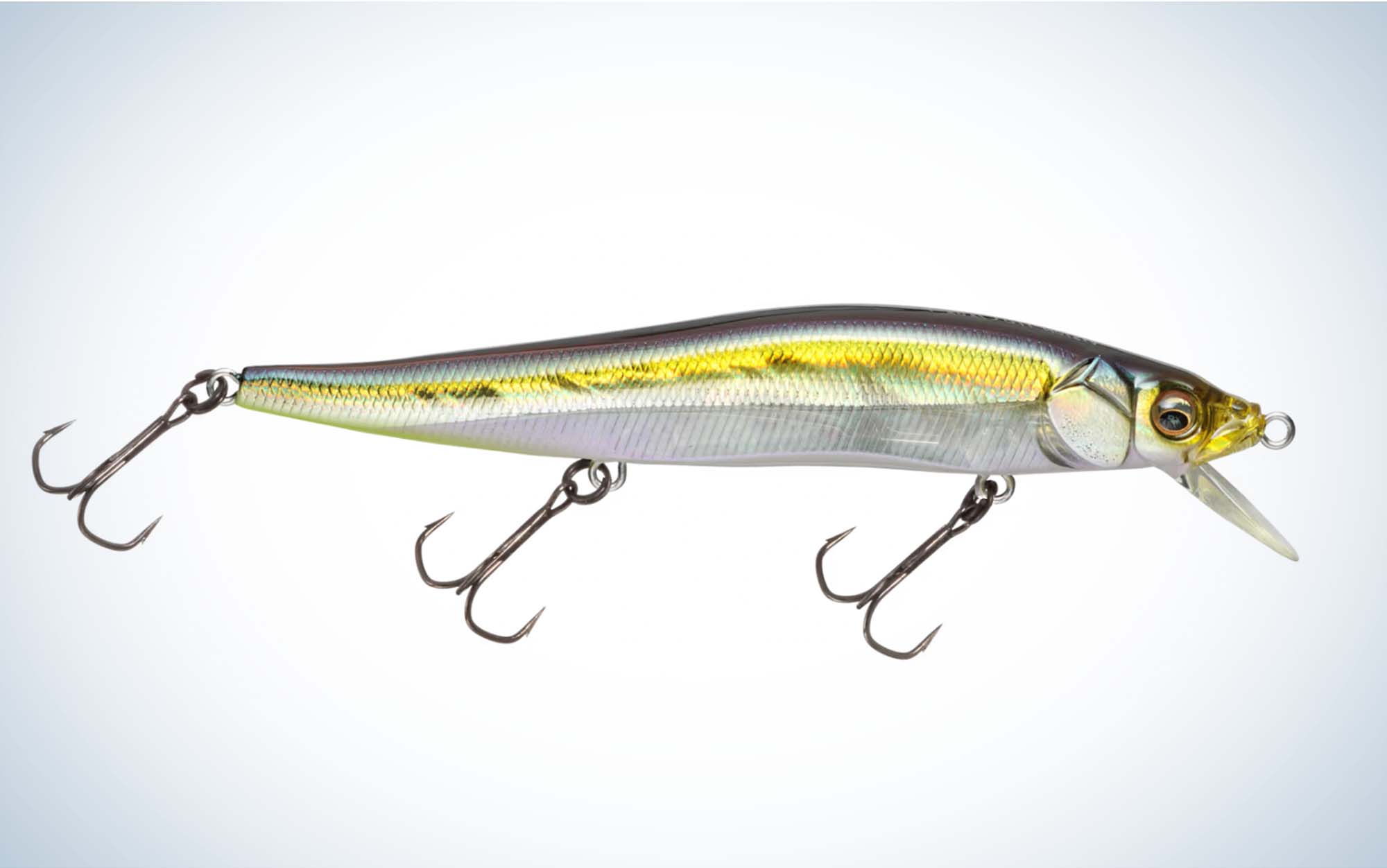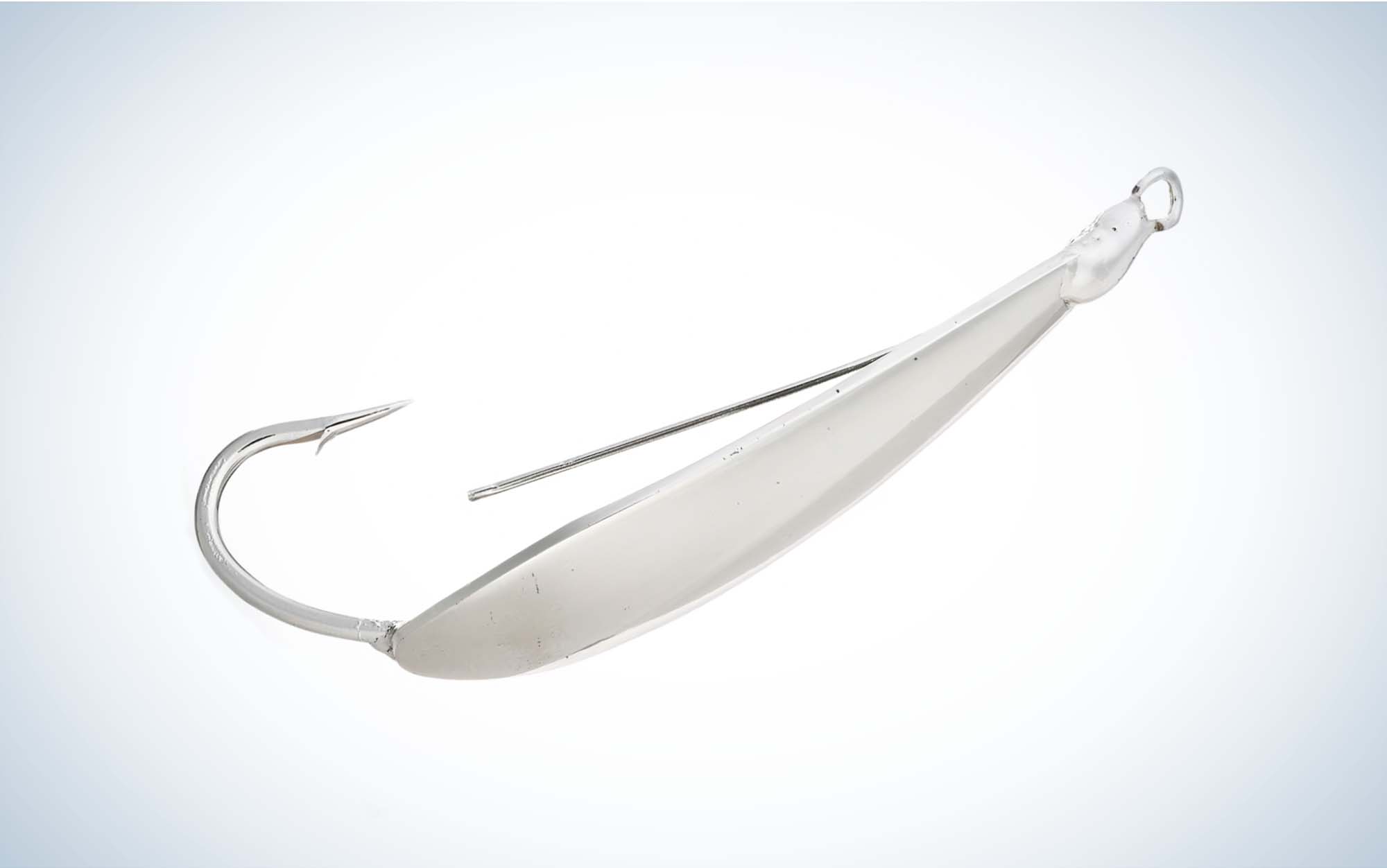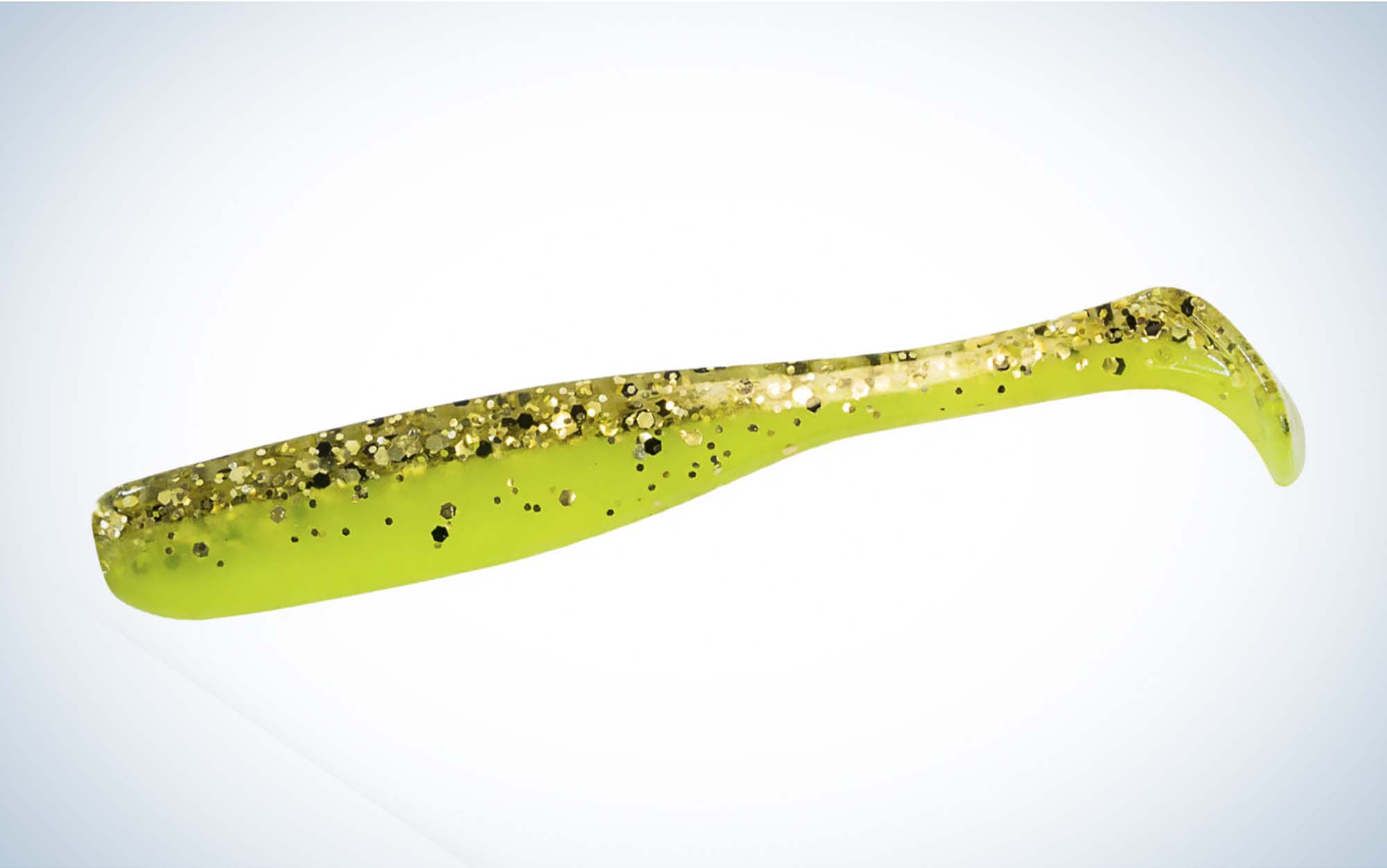The Only 8 Lures You Need to Catch Fish, Anywhere
We may earn revenue from the products available on this page and participate in affiliate programs. Learn More ›
I split my time between smallmouth and muskie in rivers, largemouth in reservoirs, and a wide variety of saltwater game fish in the Chesapeake bay. I also travel down throughout the east coast to fish for fresh and salty fish. While the species I go after changes, often times the lures don’t. I’ve found there are plenty of freshwater lures that not only work in the salt, but are just as effective as anything you’ll find in a coastal tackle shop.
So if you’re a gear minimalist or a freshwater angler headed to the salt, here are eight lures that catch tons of fish no matter where you are.
Soft Plastic Jerkbaits
Top Picks: Zman Jerk ShadZ and Zoom Fluke
There probably isn’t a bass fisherman in America who hasn’t caught a largemouth on a Zoom Fluke, and saltwater fish eat them with the same enthusiasm. A classic Zoom Fluke rigged weedless or on a jighead is as simple and effective as it gets for fresh and saltwater species. They’re also easy to find in nearly every tackle shop or big box store.
On the coast, soft plastic jerkbaits excel as a weedless option for skipping under mangroves or on a heavy jig head for working deep around structure. Adding a little Pro Cure is a great way to enhance the bait’s draw in saltwater.
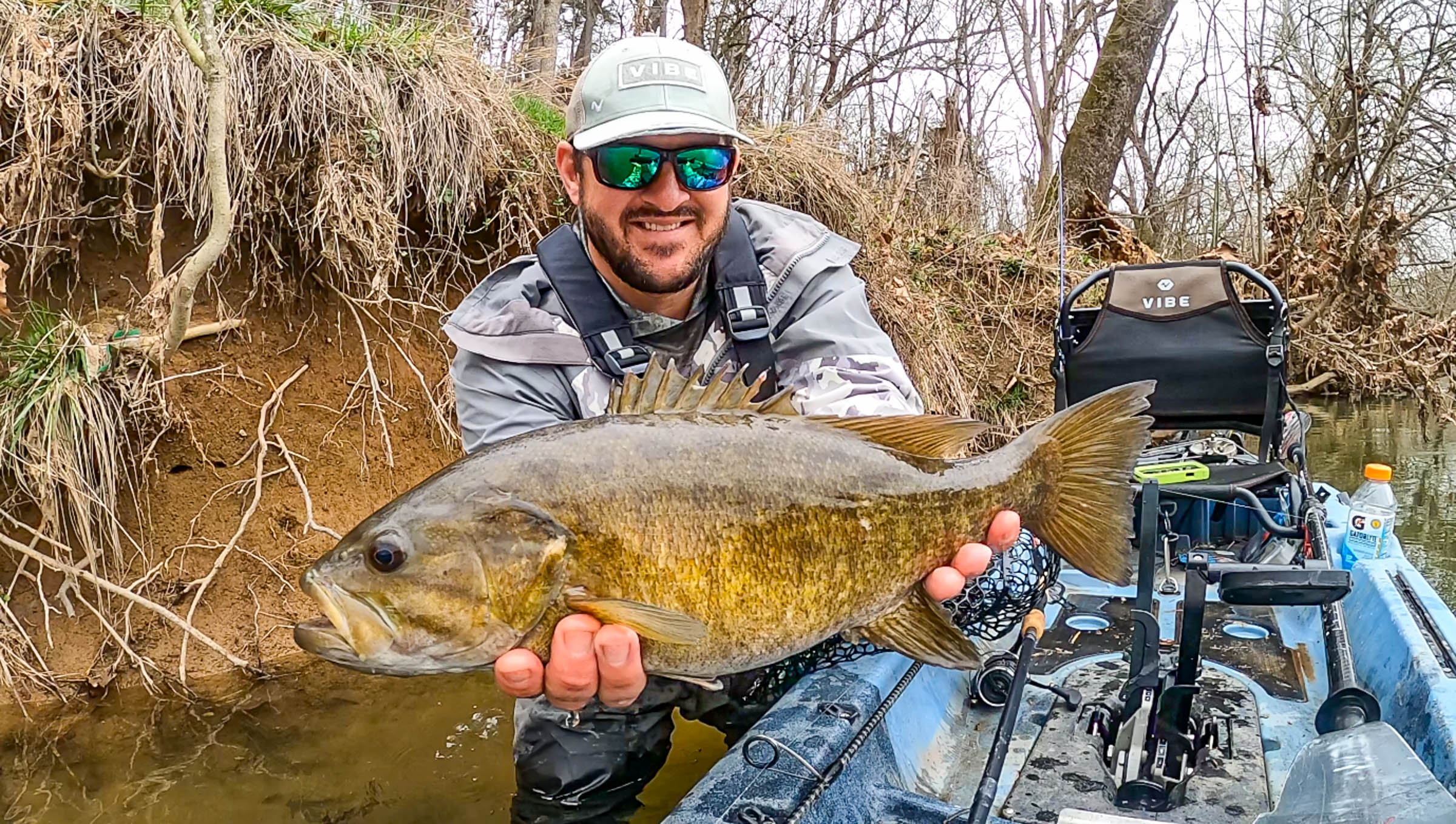
Kevin Hughes
In freshwater, you can fish a tiny Fluke on a jig head for crappie and walleye. Or you can rig up a weightless Fluke around the shad spawn and catch huge numbers of largemouth bass. They’re a great skipping bait for fishing around docks and they’ve gained popularity as a FFS bait on a damiki rig.
While you can’t go wrong with an old-school Zoom Fluke, I prefer the newer Zman Jerk ShadZ for durability. Unlike freshwater, the ocean has a lot of small, toothy critters like lizardfish that can shred your soft plastics in no time. The ElaZtech material Zman uses stands up better to these pesky little biters, allowing you to fish longer without constantly changing baits.
Topwater Walk-the-Dog Plugs
Top Picks : Rapala Skitterwalk and Zara Spook
What’s better than a big bass blowing up your topwater plug? I’ll tell you what: a big snook blowing up that same plug. Spook-style plugs have been in most anglers’ rotations for decades and for a good reason. Whether it’s freshwater or salt, the simple action of walking the dog will draw aggressive strikes from just about any gamefish out there.
You can catch large and smallmouth bass on a walking bait from the prespawn through fall. The side-to-side motion and internal rattle can call in fish from long distance. So don’t overlook the spook as an open water bait on a slick calm morning. If you’re having fish just nip at the back of the bait, try varying up your retrieve or the size of the lure.
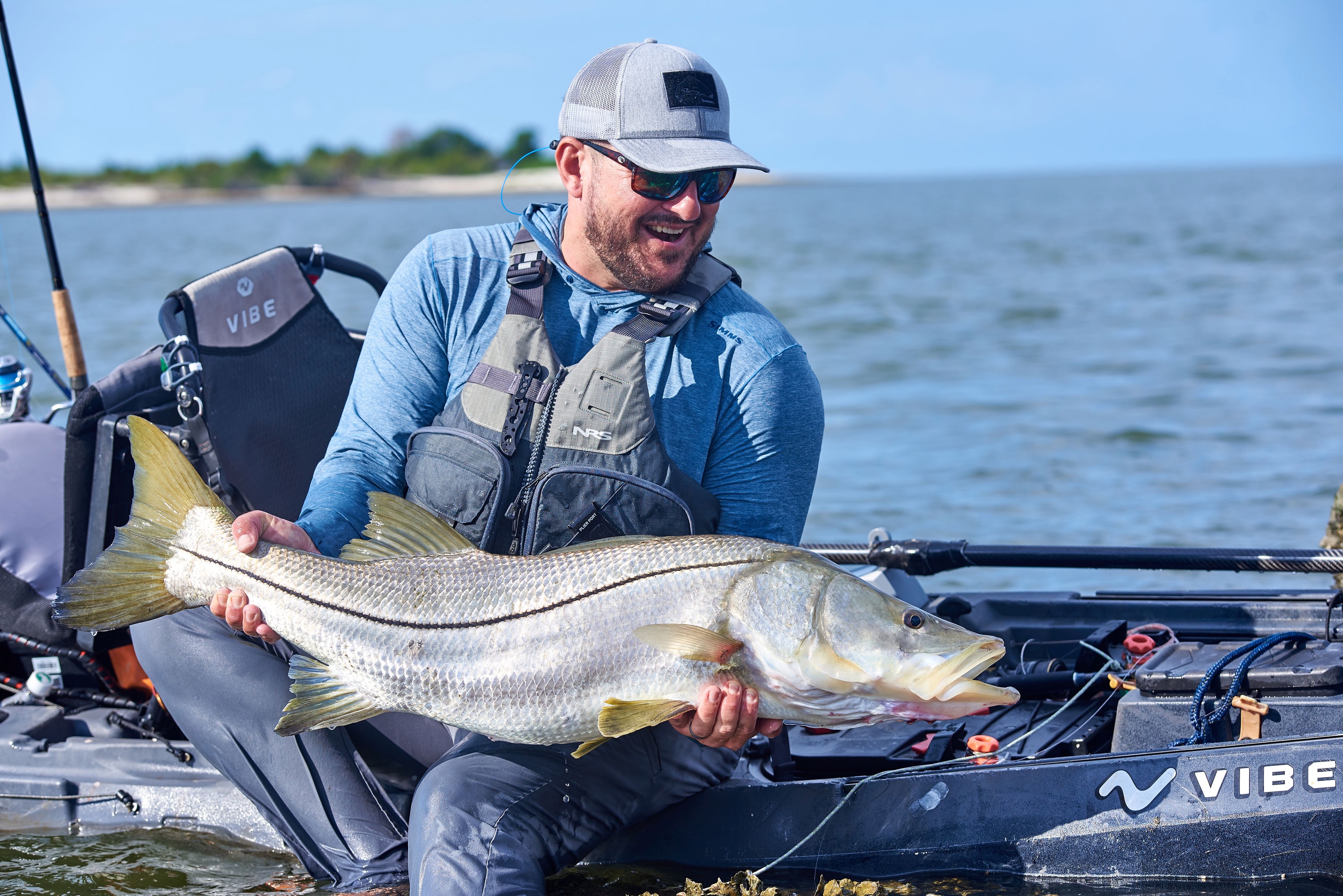
David Ramirez
While walking baits are proven fish catchers in freshwater, the Original Spook (Zaragosa Minnow) was designed for saltwater in Pensacola, Florida. So it’s no surprise that redfish and speckled trout love them, and big snook absolutely tear them up. Northeast stripers and bluefish also blow up on spooks, especially when they’re feeding on bunker.
My personal favorite walking bait is the Rapala Skitterwalk, which features a deeper knocking sound that resonates to draw in fish from a distance. It also walks relatively easily and is a dead ringer for a small finger mullet. A word of warning: When going after saltwater game fish it can be a good idea to swap out your factory hooks and split rings for something beefier. Saltwater gamefish are a lot bigger and more aggressive than bass and can make short work of freshwater terminal tackle.
Crawfish Jigs
Top Picks: Berkley PowerBait Clatter Craw and Zman TRD Crawz
Bass throughout the country can’t pass on a high-protein meal like a crawfish. Craw jigs are especially effective on smallmouth bass in rivers, lakes, and creeks. Dragged and hopped along the bottom they’re deadly all year long.
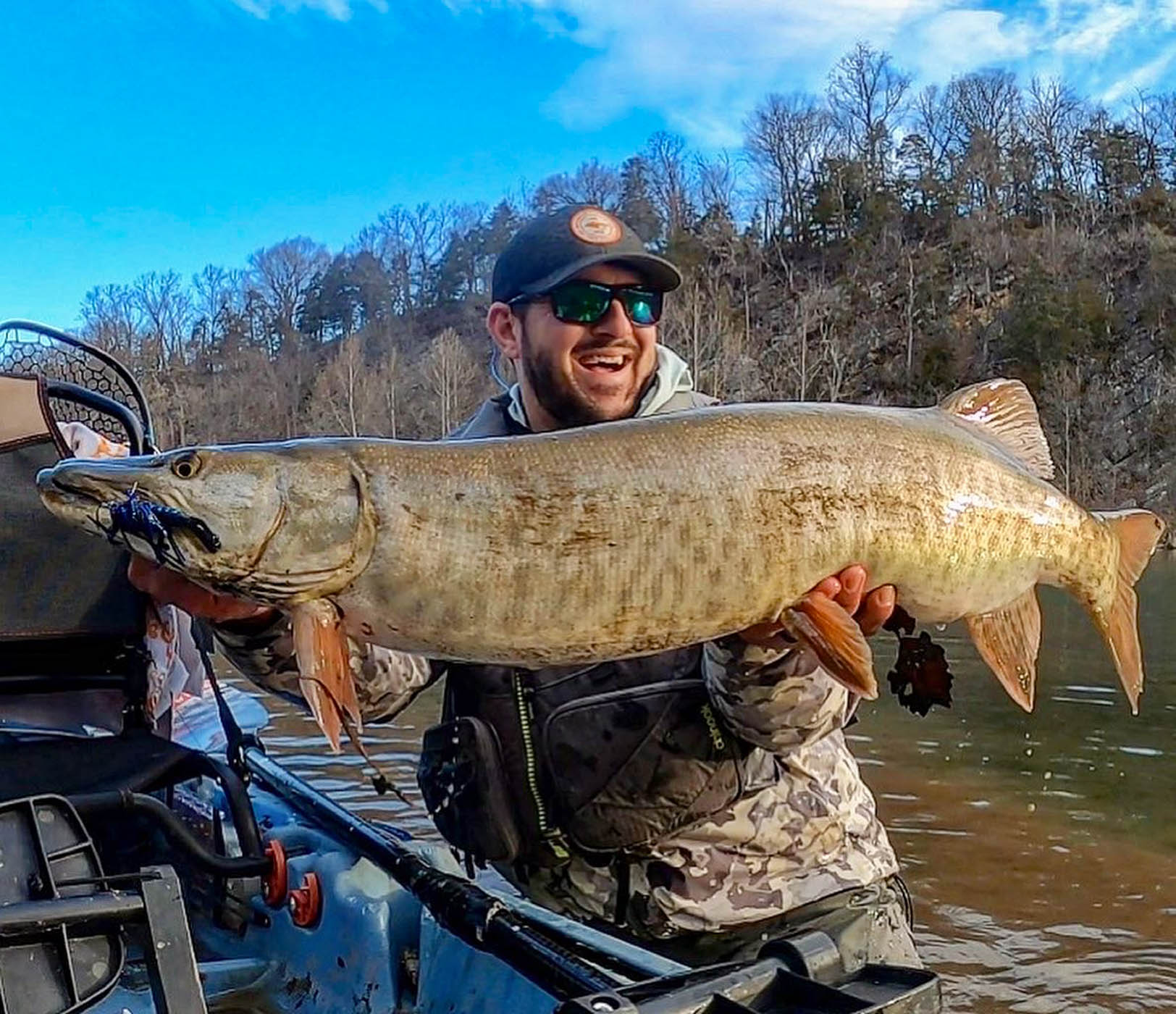
Kevin Hughes
Saltwater fish don’t eat crawdads, but they do eat shrimp and crabs. Just about any freshwater craw imitation also imitates shrimp and craps. Redfish, in particular, love to forage around digging up shrimp and crabs, making them the ideal target for a classic craw jig. You’ll fish the jig just like you do in freshwater, slowly drag, and hop it along the bottom.
My personal favorite craw jig is the new Berkley PowerBait Clatter Craw for a few reasons. First, it comes pre-rigged on a weedless, skimmer-style jig head, something that can be extremely helpful when fishing the grassy flats where these lures excel. Second, it has two small rattles in either claw that make a clacking sound, which perfectly imitates the sound of a crab or shrimp skittering over oysters and sand.
Vibrating Jigs
Top Picks: Zman DieZel Chatterbait and Zman Eye Strike Chatterbait Jighead
Chatterbaits have become a bass fishing staple, with their heavy vibration and flash excelling as a search bait in dirty water or low light conditions. It works just as well in dirty saltwater. Redfish, snook, and striped bass all have large lateral lines that help them feed when visibility is low, making a chatterbait’s powerful vibration the perfect way to draw them in.
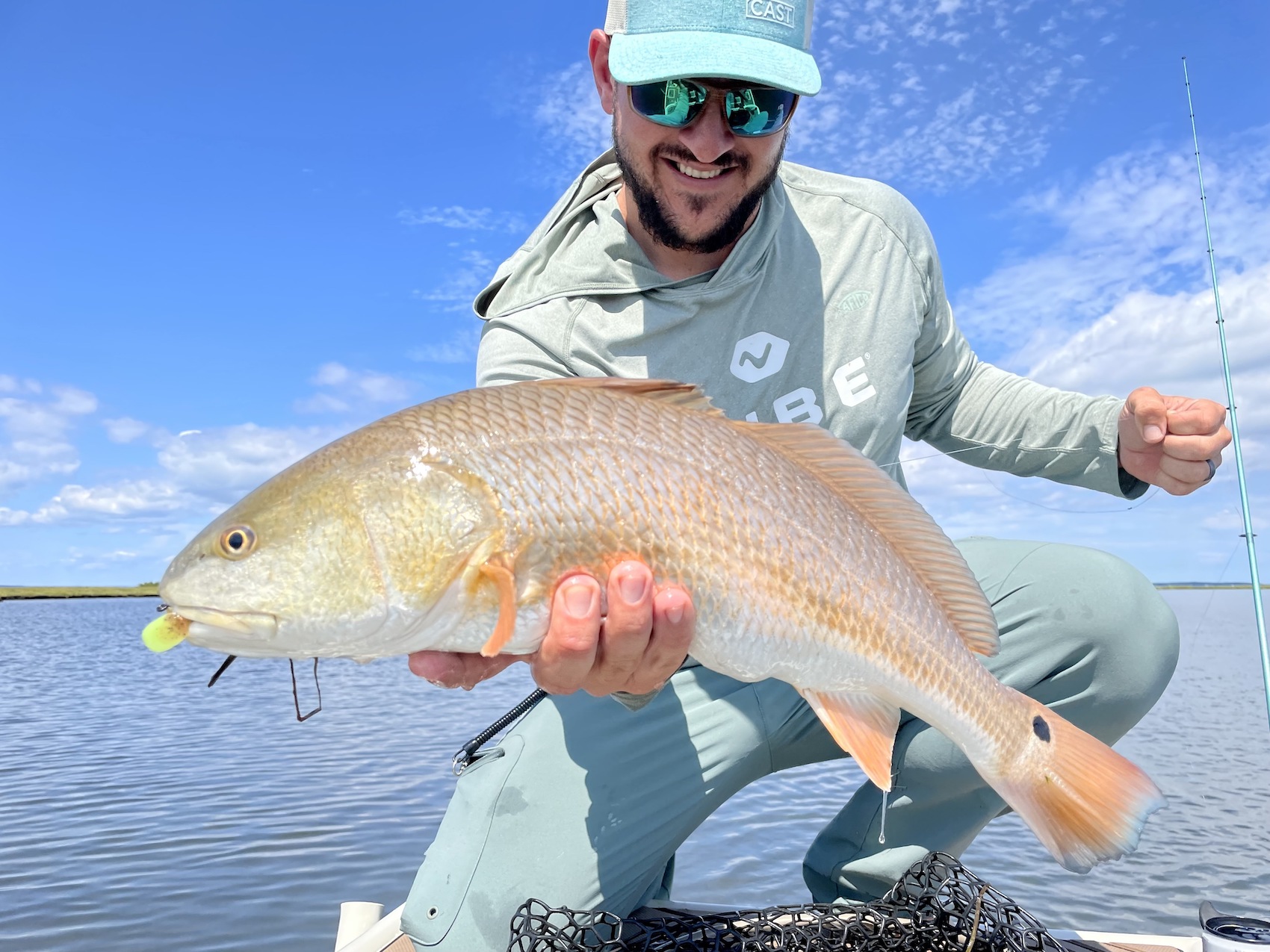
Vibrating jigs are especially effective when the wind churns up the water or the tide is too high to sight fish. In those conditions, tying on a chatterbait is often the key to unlocking a bite. While skirted vibrating jigs are popular in the bass scene, I prefer the slimmer, minnow-style chatters rigged with a simple swimbait for saltwater. They allow for longer casts and a more natural presentation to salty fish that are used to feeding on mullet and other slim-profile baitfish.
Ned Rig
Top Picks: Zman TRD and Zman TRD TicklerZ
It doesn’t matter if you want to catch a bunch of bluegill, crappie, smallies, or old Larry, a Ned rig will catch them all in great numbers. Almost too great numbers sometimes. Match the Ned bait to the fish you’re going after and drag it along the bottom — if the fish don’t inhale it on the fall.
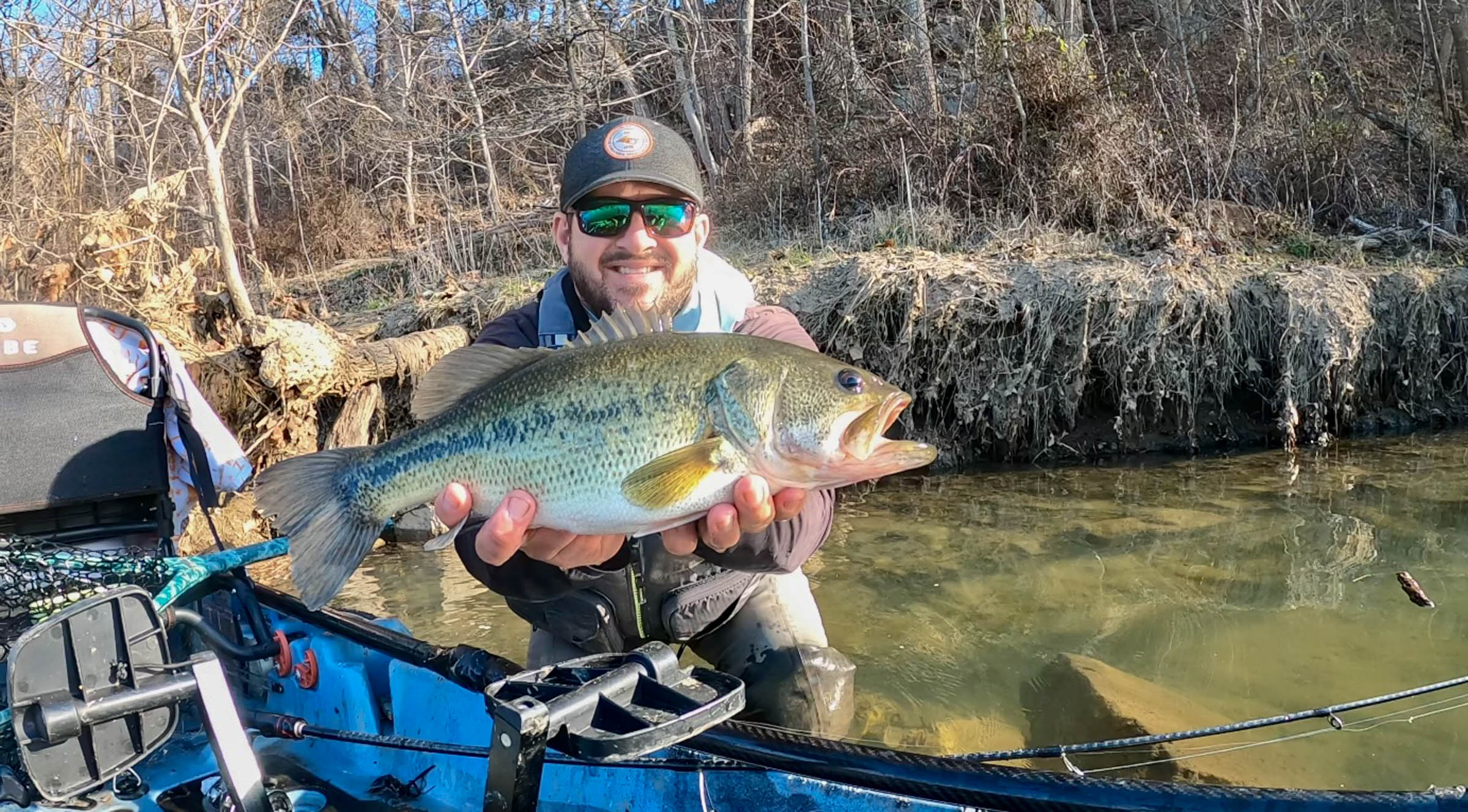
Kevin Hughes
Despite taking the freshwater finesse fishing world by storm, the Ned Rig is largely overlooked in the saltwater game. That’s starting to change, with companies like Zman and VMC making heavier-duty Ned jigheads to accommodate these stronger fish. While similar to fishing a craw, the Ned is typically a far more subtle presentation aimed at tricking finicky fish. A small Ned rig presented on light tackle can often draw strikes from the pickiest of redfish, particularly in the colder months or in ultra-shallow water. Just be prepared for a technical fight, as the light gear required for properly presenting a Ned rig can leave you a little undergunned in the salt.
Read Next: How to Fish a Ned Rig
Suspending Jerkbaits
Top Picks: Rapala X-Rap, Megabass Vision 110, and Shimano World Minnow 115SP
Suspending jerkbaits are lethal on smallmouth and largemouth bass, particularly in the spring and fall when water temperatures change and small baitfish are on the move. These same temperature and migration patterns happen in saltwater as well, often leading to a feeding frenzy from hungry gamefish looking for an easy meal. Whether it’s snook following glass minnows along a sandy beach, or speckled trout waiting along grassy edges to ambush finger mullet, a well-placed suspending jerkbait can lead to some vicious strikes.
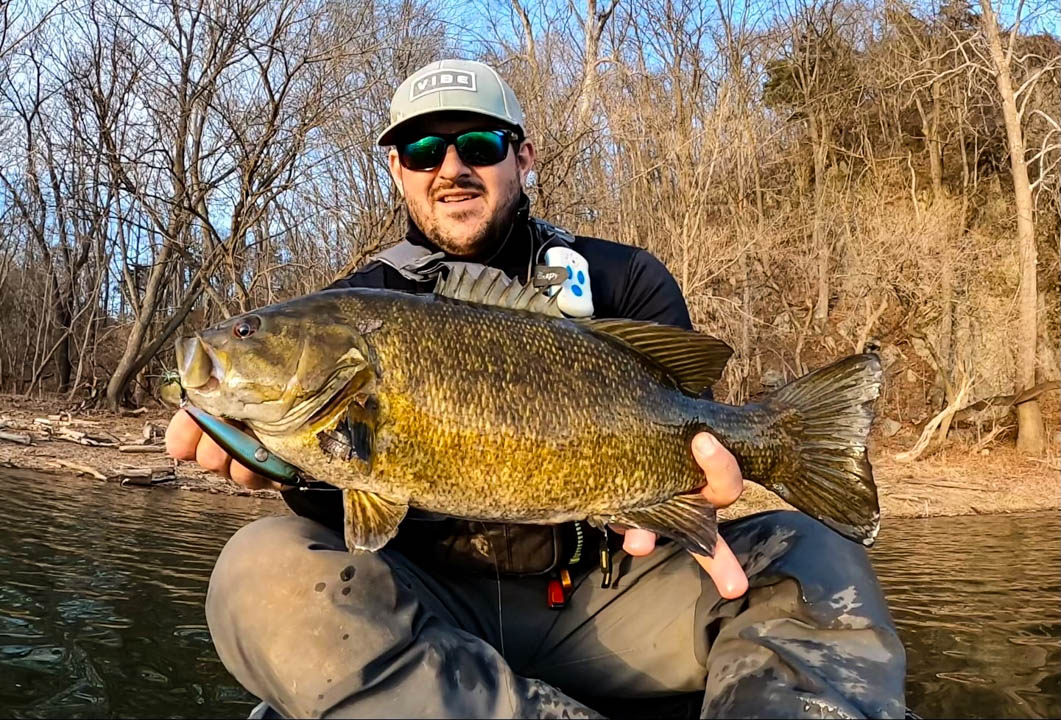
Kevin Hughes
Not all jerkbaits work the same, many have different actions that can make them excel with different presentations. For example, the classic Rapala X-rap has a darting action that makes it ideal for casting to active fish in the surf that are already fired up. On the flip side, the Shimano World Minnow with its unique Flash Boost is an excellent choice for low and slow presentations to deeper, cold-water gamefish that aren’t keen on moving for a meal.
Read Next: How to Fish a Jerkbait
Spoon
Top Picks: Johnson Silver Minnow and War Eagle Jiggin’ Spoon
It’s hard to beat a classic spoon for being simple and effective. While there are countless varieties of this old-school staple, I prefer something you can cast and jig with equal effect. While spoons excel in a variety of freshwater situations, they’re perhaps the most popular in large, deep bodies of water where casting distance and the ability to get down fast are key. Deep water fish like lake trout and walleye love the action of a shiny, fluttering spoon on the drop or when jigged off the bottom, particularly when there are baitfish schools around.
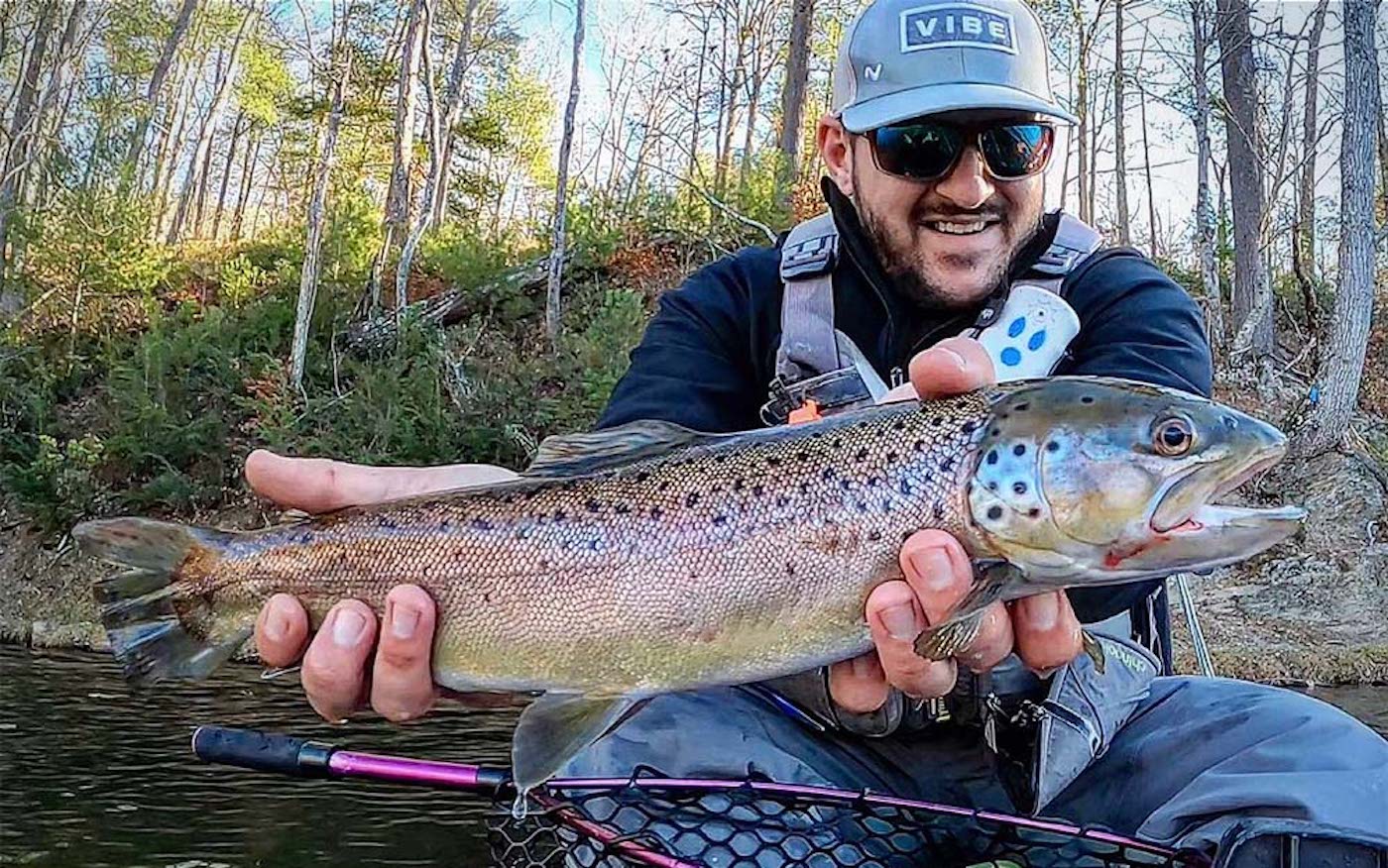
For salty anglers, these same principles apply, just swap out lake trout for striped bass and walleye for redfish. Jigging spoons can be excellent options when fish are schooled up at depth and you need something to get down quick. Additionally, there aren’t many options better for covering water in the surf than a heavy, silver spoon. When you see fish blitzing at long range, a spoon is often the only lure that will cast far enough to reach them in time.
Small Paddletail Swimbait
Top Picks: Keitech Easy Shiner and Zman Slim SwimZ
When I’m approaching a new body of water, salt or fresh, the first thing I’m throwing is a small paddletail on a jighead. While feeding patterns and forage vary according to season and species, there’s rarely a situation when predators will turn down the opportunity to eat small baitfish. A simple paddletail swimbait on a jighead does an excellent job of imitating a variety of baitfish and can be worked in dozens of ways. While this presentation works well in most freshwater situations, it excels in colder months and deeper water when fish are hesitant to exert energy and are keyed in on smaller baitfish.
It’s also a lethal option during spring and fall transitional periods when baitfish are schooled up and on the move. A steady retrieve along the bottom is best for fish actively feeding deep, while burning it just under the surface can entice fish hunting higher in the water column. One of the most tried and true techniques is allowing the lure to sink vertically and jigging it erratically off the bottom.

Kevin Hughes
These methods are just as effective in saltwater and have an even wider range of applicable situations. When baitfish are migrating up the coast, a small paddletail in the surf is an excellent option for targeting waiting gamefish like snook or stripers. Likewise, jigging a small paddletail off the rocks of a jetty or around structure like bridges and docks is one of the most effective ways to entice any number of ambush predators.
Terminal Tackle and Gear
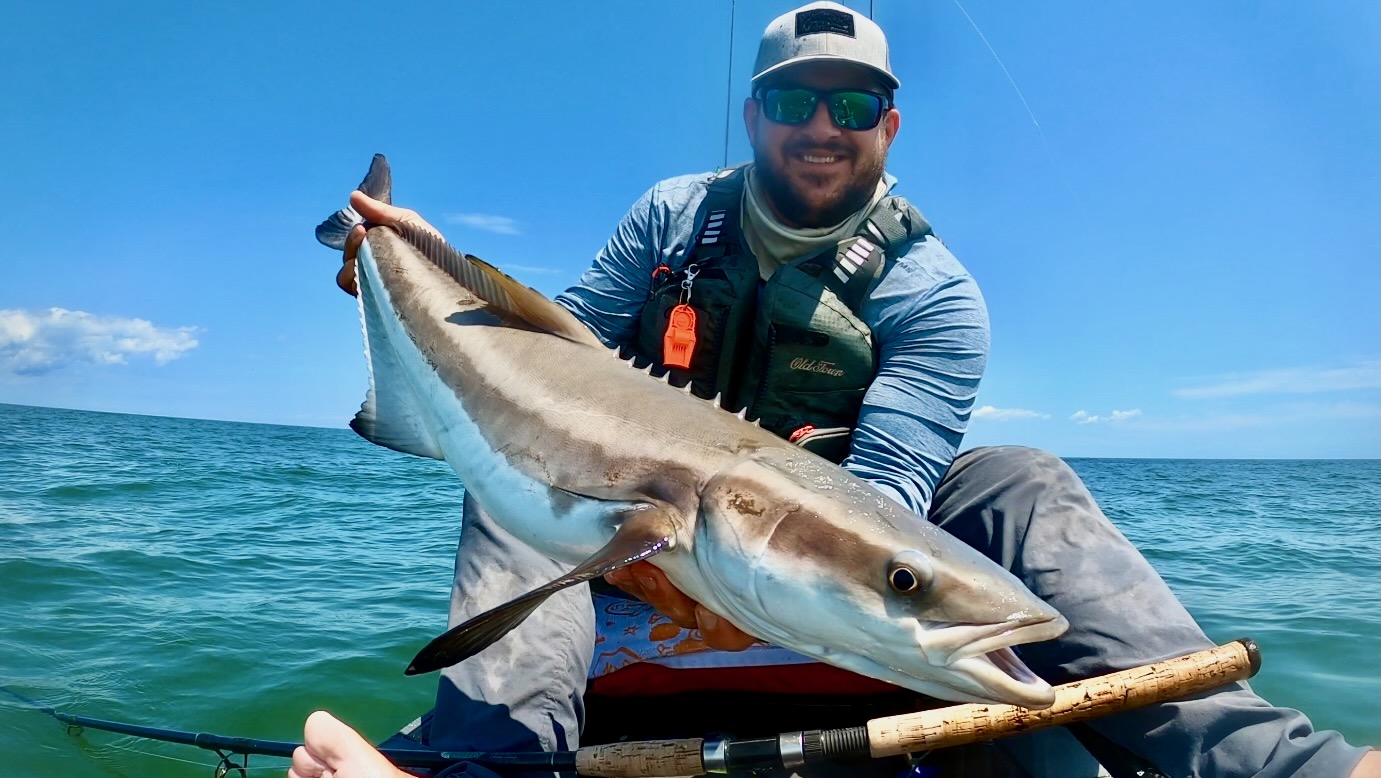
While the presentations may be the same, it’s important to remember that you’ll need to beef up your terminal tackle when fishing saltwater. Salty fish like snook and redfish have far more abrasive mouths and are much stronger than most freshwater fish, so using heavier leaders and hooks can help prevent you from breaking off.
You’ll also need to keep in mind that saltwater is extremely corrosive, so many freshwater reels aren’t suitable for saltwater use. Make sure you’re using a reel that features corrosion-resistant materials like aluminum and stainless steel, as well as a decent seal around the bearings and gears. Also remember to hose down your gear at the end of every fishing day with freshwater. If you don’t, the odds are good that you’ll be going home with a new paperweight instead of a fishing reel.
Final Thoughts
It doesn’t matter where I go, I always have these eight lures with me and they always produce. After all, gamefish are gamefish, and many of them behave and feed the same way regardless of the water they call home. The key is knowing how and when to use each lure and matching it with the appropriate tackle.
The post The Only 8 Lures You Need to Catch Fish, Anywhere appeared first on Outdoor Life.
Source: https://www.outdoorlife.com/fishing/8-lures-to-catch-fish-anywhere/
